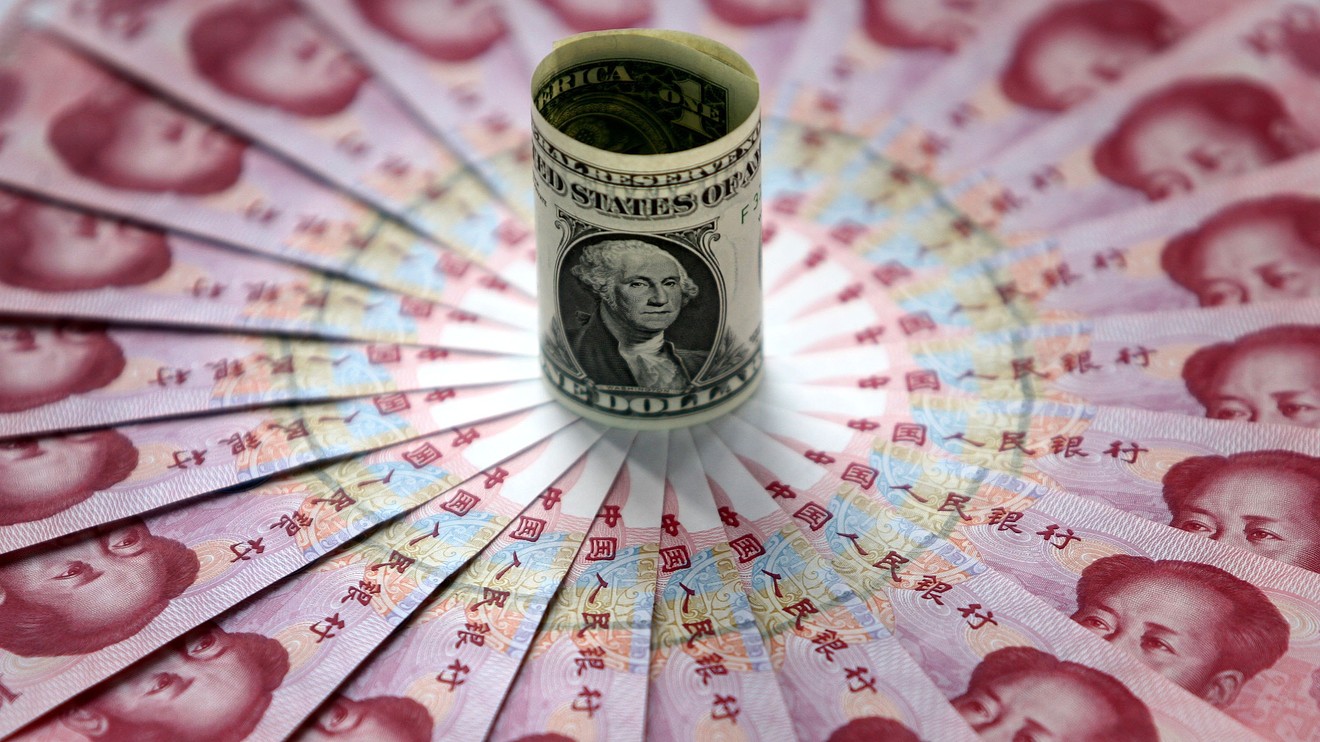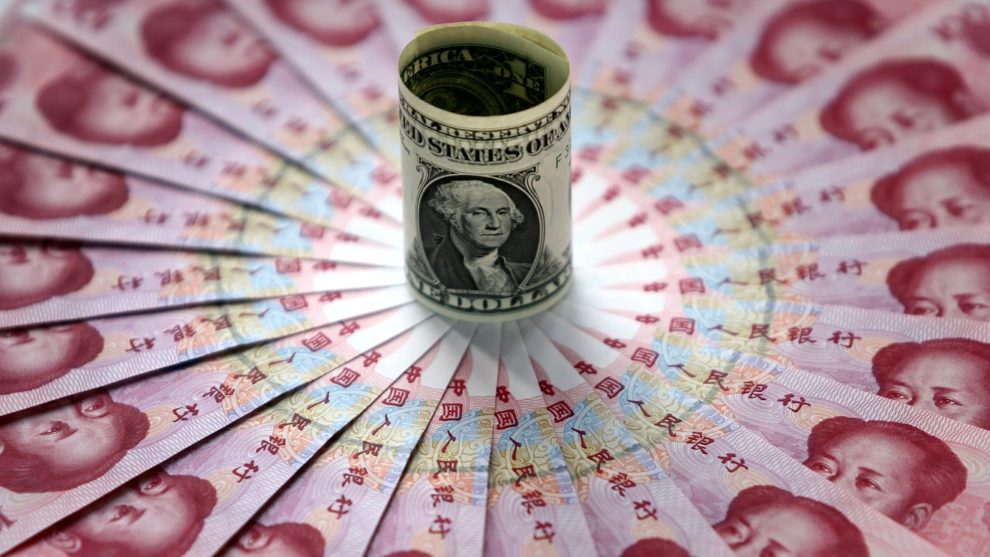
Look out, here comes the Chinese yuan.
The currency on Monday extended a rally in offshore trade USDCNH, -0.0073% after the U.S. Treasury Department moved ahead of the planned Wednesday signing of a so-called phase-one U.S.-China trade deal to remove its largely symbolic designation of Beijing as a currency manipulator.
Read: China no longer a currency manipulator, U.S. Treasury says
The U.S. dollar bought 6.883 yuan in offshore trade on Monday, a fall of 0.4%. In onshore trade USDCNY, +0.0000%, the yuan had traded at less than 6.9 per dollar for the first time since late August. While the lifting of the manipulator tag certainly won’t hurt, Monday’s gains are a continuation of a rally that’s seen the yuan rebound from last summer’s bout of weakness.
“While markets were firmly focused on Middle East tensions, the Chinese yuan quietly strengthened below its uptrend that developed alongside the trade war, ahead of phase one’s signing expected on Jan. 15,” wrote Julian Emanuel, chief equity and derivatives strategist at BTIG, in a Monday note.
“Could we see upside surprises out of China? Stabilizing manufacturing, fiscal and monetary stimulus, and a rotation toward offense all help — Chinese mall caps seem to be taking note,” he said.
Indeed, the iShares MSCI China small-cap exchange-traded fund ECNS, +2.09% is up around 4.7% less than two weeks into the new year, while Chinese stocks overall have also rallied. The Shanghai Composite Index SHCOMP, +0.75% is up 2.2% in local terms.
The manipulator designation came in August, as a slide in the yuan saw the currency trade at more than 7 per dollar for the first time in more than a decade, violating what analysts had widely deemed a “line in the sand for the Chinese unit and stoking fears around an intensification of the U.S.-China trade war. That all contributed to a rocky August for global equity markets, which saw some big but temporary pullbacks for the Dow Jones Industrial Average DJIA, +0.29% , S&P 500 SPX, +0.70% and Nasdaq Composite COMP, +1.04% .
A weaker yuan was seen offsetting some of the impact of increased tariffs on imports of Chinese goods and working to undercut U.S. manufacturers. The phase-one pact reportedly includes a pledge by Beijing not to devalue the yuan.
The yuan’s rebound, however, began to take hold late last year as China’s economy showed some early signs of stabilization and ended 2019 on a brighter note — thanks in part to the improved tone around U.S.-China trade talks and a stream of monetary and fiscal policy efforts by Beijing, said Candice Bangsund, portfolio manager at Fiera Capital, in an email.
“Taken together, the economy may be past the worst of its cyclical slump thanks to the prospect for an accord that will prevent further tariff increases and de-escalate the trade war, while proactive stimulus measures should also help to prop up the world’s second-largest economy and accordingly, the Chinese yuan,” she said.
Broad weakness in the U.S. dollar is another factor helping to drive yuan strength, she said, noting the U.S. currency lost upside momentum in the fourth quarter as fading trade worries and political headwinds dampened buying interest.











Add Comment